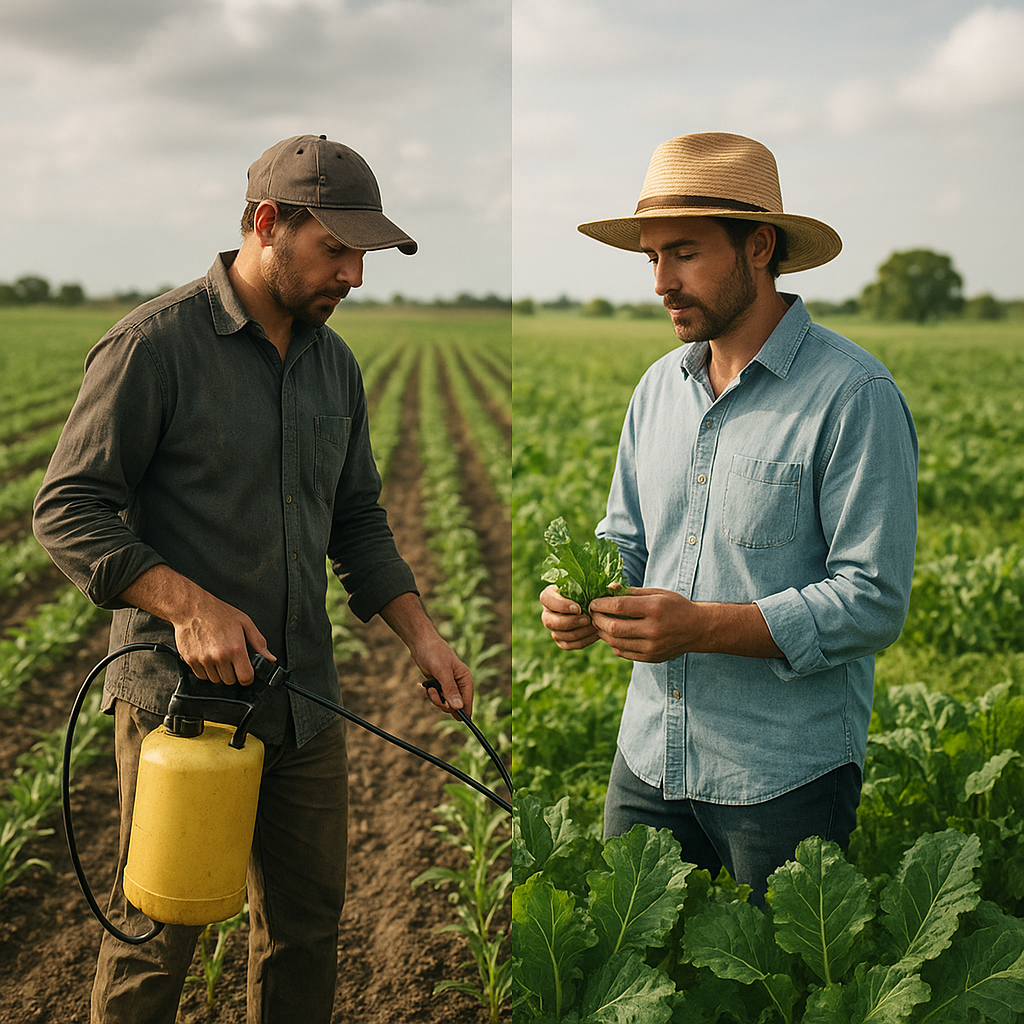As global populations increase and environmental pressures intensify, the agricultural sector faces mounting challenges. Farmers and researchers collaborate to develop practices that boost productivity while preserving natural resources and supporting rural communities. This article explores a range of techniques and principles that define future-oriented agriculture, emphasizing holistic approaches that harmonize with the planet’s cycles.
Soil Health and Conservation
Maintaining fertile soils is essential for long-term crop yields. Practices that improve soil structure, nutrient content, and biological activity form the backbone of resilient farming systems.
Cover Cropping and Crop Rotation
Cover crops such as legumes and grasses shield bare fields from erosion, suppress weeds, and enrich the soil with organic matter. By alternating plant families each season, farmers can break pest cycles and reduce reliance on synthetic fertilizers.
Reduced Tillage Techniques
No-till and minimum-till systems minimize soil disturbance, preserving microbial networks and preventing carbon losses. When combined with direct seeding, these approaches enhance water infiltration and strengthen the soil’s capacity to withstand drought.
- Enhances soil fertility through organic residue retention
- Limits erosion by maintaining permanent soil cover
- Supports soil fauna such as earthworms, fungi, and beneficial bacteria
Water Management and Irrigation Efficiency
Water scarcity threatens agricultural productivity in many regions. Implementing smart water strategies ensures that crops receive adequate moisture while conserving precious resources.
Drip Irrigation Systems
Drip lines deliver water directly to the root zone, reducing evaporation and runoff. Precise scheduling based on soil moisture sensors further enhances efficiency by applying only the necessary amount of water.
Managed Aquifer Recharge
Natural or engineered recharge structures capture excess rainfall or floodwater, replenishing underground reservoirs. This method provides a buffer against seasonal droughts and supports climate adaptation strategies.
- Reduces water waste by up to 60% compared to flood irrigation
- Improves crop uniformity and quality through consistent moisture levels
- Integrates with weather forecasting to optimize irrigation timing
Biodiversity and Ecosystem Services
Enhancing on-farm biodiversity contributes to natural pest control, pollination, and nutrient cycling. Diverse landscapes are more resilient to shocks such as pest outbreaks or extreme weather events.
Agroforestry Systems
Combining trees with crops or livestock creates multi-functional landscapes that sequester carbon, reduce erosion, and provide additional income streams through timber, fruit, or shade-grown products.
Habitat Strips and Hedgerows
Buffer zones planted with native wildflowers and shrubs attract beneficial insects and wildlife. These corridors connect fragmented habitats, supporting biodiversity and enhancing landscape resilience.
- Encourages natural pollinators such as bees and butterflies
- Promotes integrated pest management by harboring predatory insects
- Contributes to carbon sequestration in woody biomass
Precision Agriculture and Technological Innovations
Advances in sensors, robotics, and data analytics enable farmers to make real-time decisions that optimize inputs and maximize outputs. Embracing high-tech solutions can transform resource management on the farm.
Satellite and Drone Monitoring
Multispectral imagery reveals crop health variations, water stress, and nutrient deficiencies. Early detection of issues allows targeted interventions, reducing chemical use and avoiding yield losses.
Automated Machinery and Robotics
Self-guided tractors, robotic harvesters, and automated weeding units perform repetitive tasks with precision, lowering labor costs and minimizing soil compaction. These tools support innovation in large-scale operations and smallholder farms alike.
- Employs GPS and IoT devices for real-time field mapping
- Facilitates variable-rate application of fertilizers and pesticides
- Integrates machine learning to refine decision-making over seasons
Agroecology and Integrated Systems
Agroecological principles emphasize the synergy between natural processes and farm management. By viewing the farm as an ecosystem, practitioners foster sustainable productivity, resource efficiency, and social equity.
Polycultures and Intercropping
Growing different species together promotes nutrient sharing, shade management, and pest reduction. Intercropping grains with legumes, for instance, can boost soil nitrogen and diversify harvests.
Integrated Crop-Livestock Operations
Rotating livestock through croplands recycles manure nutrients, improves soil structure, and reduces feed costs. This closed-loop model strengthens farm resilience and minimizes external dependencies.
- Supports circular nutrient flows and reduces waste
- Balances land use between grazing and cropping phases
- Fosters community-centered approaches to land stewardship
Economic and Social Dimensions of Sustainable Farming
Long-term viability hinges not only on ecological health but also on fair markets, viable livelihoods, and knowledge exchange. Empowering farmers with training, access to capital, and cooperative models encourages widespread adoption of sustainable methods.
Value-Added Products and Direct Marketing
Processing raw commodities into specialty items (e.g., cheeses, jams, artisan grains) can increase farm income. Farm-to-table initiatives and community-supported agriculture link consumers directly with producers, fostering transparency and trust.
Participatory Research and Extension Services
Collaborative field trials and farmer-led innovation hubs accelerate the diffusion of best practices. Local adaptation of universal principles ensures relevance across diverse climates and cultural contexts.
- Enhances farmer autonomy through peer-to-peer learning
- Attracts younger generations by showcasing modern, integrated approaches
- Builds resilience against market volatility and policy shifts




